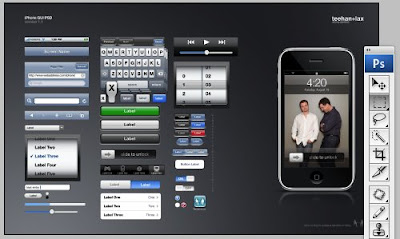
I gotta tell you, if prediction markets are any indication, nobody saw Palin coming. I was up till 5am last night watching CNN's political market and as you can see on the graph above, it was all about Pawlenty and Romney (blue and off-white lines) not only over the past week but also for most of the night, with Palin (green) picking up steam only after the first leaks started appearing on CNN around 6-7am.
Which brings up a question of how, you know, predictive prediction markets really are, at least in situations where the outcome is hinged on a private decision of a small group of people. Last night's Rep VP market was very similar to the Dem VP market last week, where bets clearly reflected the somewhat mindless absorption of the news stream. (Bayh and Kaine were leading for most of the week; prices of Clinton, Chet Edwards and Sebelius fluctuated widely on the numerous rumors. Biden emerged as a clear leader the day preceding the announcement).

Me? Last week, I doubled the initial $5000 by buying Biden at $44. This week, I shorted Pawlenty at $80, Romney at $60 (then closed it at $12 and then bought again at $29 last night -- a speculative move that was a mistake, in retrospect). Stocks of all women candidates were dirt-cheap: all but Palin were under $1 last night (I got about a hundred of Whitman, Fiorina and Hutchison); I also bought Palin at $2.57. I thought the latest stream of McCain's commercials praising Clinton could be hinting at the larger Rep VP strategy.













































